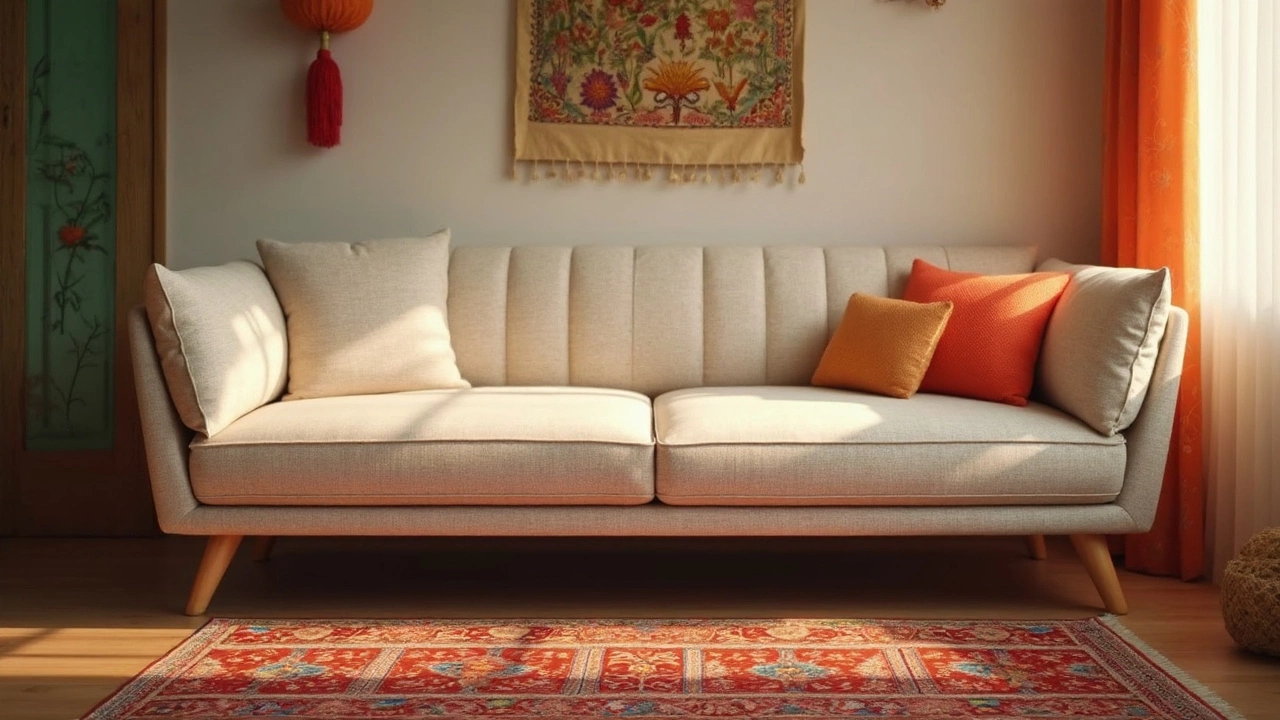Foam Quality in Sports Flooring
When talking about foam quality, the set of physical characteristics that determine how a foam behaves under load. Also known as foam performance, it decides how a surface feels, how long it lasts, and how safe it is for athletes. Right next to it, sports flooring, the layered floor systems used in gyms, courts, and arenas relies heavily on good foam quality to deliver shock absorption and bounce. And when you bring interior design, the art of shaping spaces to look and work better into the mix, the foam layer becomes a silent partner that affects aesthetics, maintenance, and comfort. In short, foam quality is the foundation that lets sports flooring meet the high demands of performance and design.
Foam quality influences three core outcomes: durability, player safety, and visual appeal. A high‑density closed‑cell foam resists compression, meaning the floor stays level longer and reduces the risk of injuries from uneven surfaces. Low‑density, open‑cell foam feels softer but can compress over time, leading to uneven bounce and higher maintenance costs. Construction materials like polyurethane, ethylene‑vinyl acetate (EVA), and rubber each bring different density ranges and resilience levels. For example, a rubber gym floor with a 30 mm foam base offers a firmer feel ideal for basketball, while an EVA‑based dance studio may opt for a 20 mm softer layer to protect joints. Choosing the right material directly links foam quality to the overall performance of the sports floor.
Key Factors to Assess Foam Quality
When you evaluate a foam slab, look at density, resilience, and fire rating. Density, measured in kilograms per cubic meter, tells you how much weight the foam can support without permanent deformation. Resilience, often expressed as a percentage of rebound, indicates how quickly the foam returns energy – a high rebound is great for fast‑court sports, whereas lower rebound suits yoga or pilates. Fire rating is a must‑have for any public venue; foams must meet standards like ASTM E84 or NFPA 701 to keep the building safe. These attributes don’t exist in isolation; they interact with the surrounding construction materials. A floor built with a steel substructure can handle a higher‑density foam without sagging, while a timber base may need a lighter foam to avoid crushing the joists. Interior designers also consider the foam’s surface finish – matte versus glossy – because it affects glare, cleaning routines, and the overall look of the space.
Understanding foam quality helps you make smarter choices whether you’re a gym owner, a sports coach, or a designer planning a new facility. Below you’ll find articles that dive into post‑marathon recovery, hybrid construction methods, low‑maintenance flooring options, and budgeting for interior projects – all topics that tie back to the same core idea: the right material, measured correctly, makes a space work better. Keep reading to see how foam quality connects with each of these areas and get actionable tips you can apply right away.
 26 Mar 2025
26 Mar 2025
Choosing the right foam density for your sofa cushions can make all the difference in comfort and durability. Foam density refers to how tightly the material is packed, impacting your seating experience. Densities like 32 and 40 are common, each offering distinct benefits. Understanding these can help you decide which is better suited for your lifestyle and needs. Let's explore what makes each density unique and which might be the perfect fit for you.
View More
